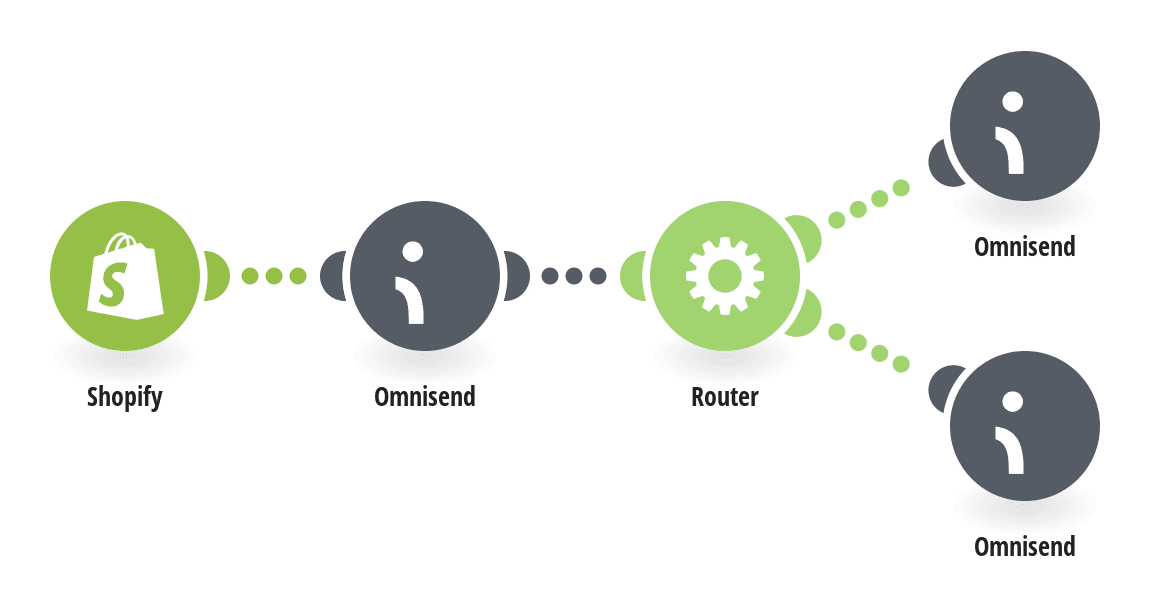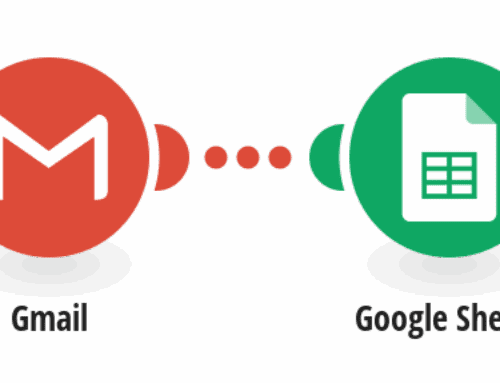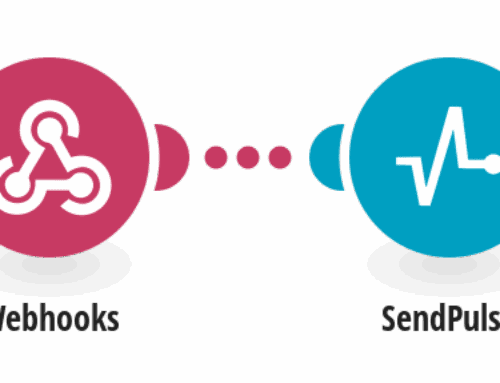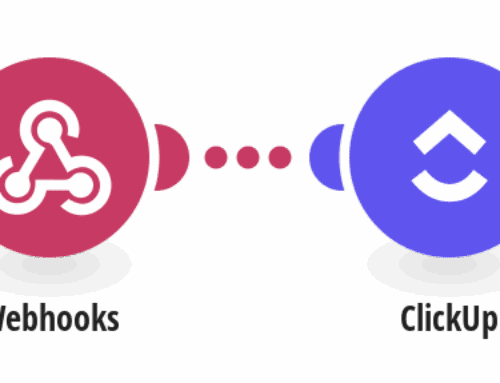Seamlessly Manage Your Shopify Customers with Omnisend
Handling customer data is key to any successful eCommerce business. With tools like Shopify and Omnisend, keeping track of your customer interactions becomes a breeze. Today, we’ll explore how integrating Shopify with Omnisend can enhance your business operations.
What is Shopify?
Shopify is a popular eCommerce platform that allows businesses to create their online stores swiftly. It provides a wide range of customizable templates, making it easy for entrepreneurs to get started without diving deep into web design. With Shopify, you can manage your products, handle payments, and execute digital marketing campaigns all in one place.
The essence of Shopify lies in its simplicity and efficiency. It offers everything from analytics and reports to inventory management, helping businesses focus on growth while the platform handles the heavy lifting. Countless add-ons and integrations are available to extend its functionality, including the critical Omnisend integration.
Introducing Omnisend
Omnisend is an omnichannel marketing automation platform designed specifically for eCommerce. It streamlines email marketing and combines it with SMS, social media, and more, offering a holistic approach to customer engagement. This tool aims to convert visitors into repeat customers through automated, personalized campaigns.
Powered by sophisticated analytics, Omnisend helps you understand customer behavior, leading to better targeted campaigns. The platform’s user-friendly interface ensures that businesses, regardless of their technical expertise, can maximize their marketing efforts efficiently.
Why Integrate Shopify with Omnisend?
Integrating Shopify with Omnisend enables businesses to synchronize customer data seamlessly. This synchronization allows for more personalized marketing efforts, as customer information such as purchase history and behavior patterns are readily accessible. By forging this connection, businesses can send targeted messages at the right time, ultimately increasing conversion rates.
This integration also means less time spent on manual data entry and more time focused on creative marketing strategies. Effortlessly automate your customer engagements and let the systems do the heavy lifting for you.
Steps to Integrate Shopify with Omnisend
To integrate these two platforms, start by connecting your Shopify account with Omnisend. Simply navigate to the integrations section within Omnisend and select Shopify. Follow the guided instructions to establish the connection and synchronize your customer data.
Once connected, you can begin setting up automation workflows tailored to your customer segments. Utilize Omnisend’s templates or craft bespoke campaigns that resonate with your audience. The synchronization ensures that as your Shopify customer base grows, so does your marketing reach.
Managing Customer Data Efficiently
With integrated systems, managing customer data becomes a smooth process. Automate the addition and updating of customers, reducing redundancy and ensuring data accuracy across platforms. This seamless update capability fosters better customer relationship management (CRM).
Efficient data management translates to smarter business decisions. Gain insights into customer preferences and shopping tendencies, allowing for agile adjustments in your marketing plans.
Unlocking the Potential of Targeted Campaigns
Using Omnisend, businesses can segment their audiences based on a myriad of criteria. Crafting targeted campaigns tailored to different customer groups elevates the chance of engagement. Personalized messages foster a sense of connection, which is essential for brand loyalty.
These campaigns can be automated based on customer actions, such as cart abandonment or product interest, ensuring timely and relevant communication. The precision of these campaigns is what sets successful eCommerce businesses apart in a crowded marketplace.
Enhancing Customer Experience
Ultimately, integrating Shopify with Omnisend enhances the overall customer experience. Customers receive timely, relevant information that aids their decision-making process. Whether it’s a promotional offer or a new product alert, timely communication is vital.
By keeping customer interactions smooth and personalized, businesses can cultivate a loyal customer base. This not only leads to higher sales but also generates positive word-of-mouth, further boosting your brand presence.
Conclusion
Integrating Shopify with Omnisend is a no-brainer for modern eCommerce businesses. This marriage of platforms simplifies customer data management and amplifies marketing efforts. From automating customer interactions to crafting personalized campaigns, the benefits are numerous and impactful.
As you embark on this integration journey, remember that the key to success lies in personalization and automation. Implement these tools wisely, and you’ll surely see your business thrive.
FAQs
-
How do I start integrating Shopify with Omnisend?
Begin by logging into Omnisend and navigating to the integrations section. Select Shopify and follow the guided steps to link your accounts and synchronize data effortlessly.
-
What are the benefits of using Omnisend with Shopify?
The integration allows for seamless data synchronization, targeted marketing campaigns, and enhanced customer relationship management, leading to better customer engagement and loyalty.
-
Can I automate my marketing campaigns with Omnisend?
Yes, Omnisend offers a variety of automation features, allowing you to set up workflows based on specific triggers, ensuring timely and relevant communication with your customers.
-
Is my customer data safe when synchronizing between Shopify and Omnisend?
Both platforms prioritize security, implementing measures to protect your customer data during the synchronization process, ensuring that it remains secure and confidential.
-
What kind of analytics can I expect from Omnisend?
Omnisend provides detailed analytics, including customer behavior insights, campaign performance metrics, and conversion tracking, helping you make informed marketing decisions.







